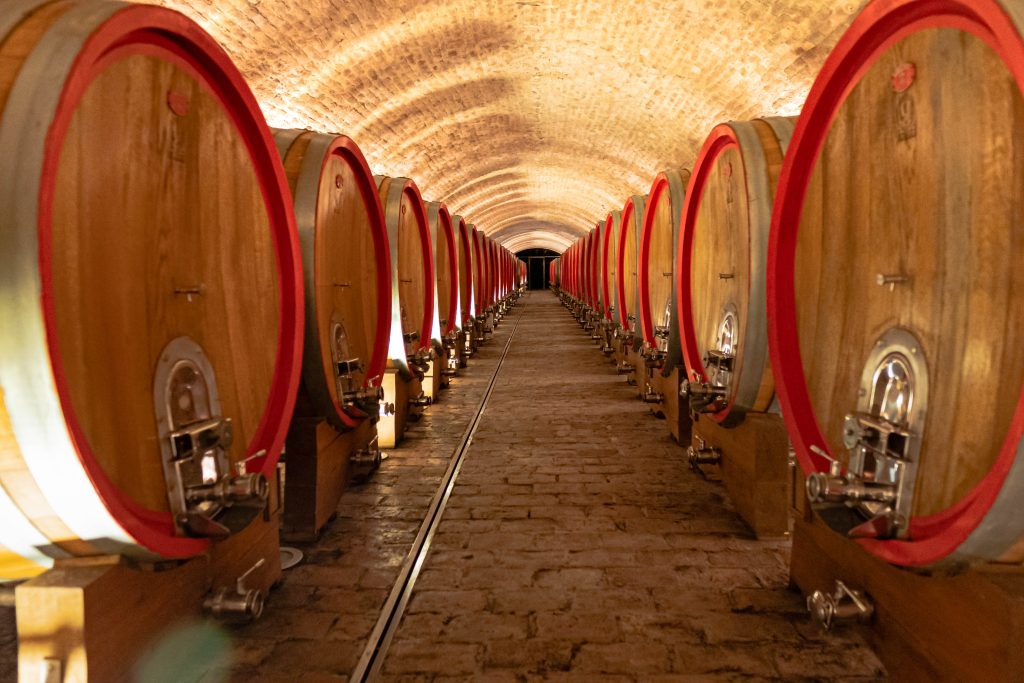As Poslovni writes, there are no wine hotels, museums, entertainment facilities, or wine roads. However, the interest of potential guests is high, according to an extensive survey conducted by the Improve agency with the consulting firm BlueRock (BRC) this September.
An excellent example of Austria
The research will also be used for the new Strategy for developing wine tourism in Slavonia and Baranja, which BlueRock is working on for the association Graševina Croatica, the largest association of winemakers in Slavonia and Baranja, confirmed Emanuel Tutek, a partner in BRC. “Wine tourism is one of the leading tourist products in Croatia, and at the same time, no Slavonian county has got any strategic document for the development of this product, although the wine business is one of the aggregates for the development of value-added tourism. At the same time, wine tourism is an important lever for the development of winemaking itself and agriculture, as shown by the example of Austria, which successfully connected these two segments, but not without large investments. Wine tourism and winemaking then promote the export component,” said Tutek for Poslovni Dnevnik.
Until now, there was no qualitative data on the potential market, i.e., guests who are users or are interested in wine tourism. Of the total number of foreign guest arrivals in Croatia, it is not known precisely how many are wine tourists, that is, those whose primary motive for coming is wine and wine experiences.
There are only estimates for Istria, the leading tourist region with 21.7 million overnight stays in 2021, of which foreign guests make up 85 percent. Istria also has the most developed wine tourism.
It is estimated that wineries in Istria have around 290,000 visitors per year, among whom 30-35% are local, which means that the share of local visitors in Istrian wine tourism is twice that of their share in total arrivals.
BlueRock commissioned research that pointed to additional potential from the domestic guest segment. The study was conducted using an online survey, and respondents were recruited from the ImproveOnline panel.
The research showed 71 percent of respondents were not wine tourists in the last two years. On the other hand, 74 percent of respondents have an interest in wine tourism.
“Therefore, there is a significant market potential that has not yet been used; that is, there is a lack of supply. It is basic, and its development can address potent consumer segments. Visiting wineries is the most common form of wine tourism in Croatia, as are tours of the wine roads. Wine tourism activities, especially with greater added value, such as wine education and workshops, are popular among younger ages (25-34 years) and those with above-average incomes. At the same time, wine events and attractions are better attended in continental Croatia,” the analysis states.
The survey also showed that 56% of wine tourists visited the regions of continental Croatia, which is influenced by the proximity of Zagreb. Tutek sees even greater significance in the hilly wine regions north of Zagreb and Slavonia, their current focus.
For the development of wine tourism, the tourist value chain is also necessary, which means that accessibility should be increased, and all necessary infrastructure should be provided, from accommodation, restaurants, museums, and interpretation centers to the development of destination management companies. Tutek notes that this is not the winemaker’s job, although it most often boils down to that, as shown by the example of Plešivica near Zagreb.
For more, make sure to check out our dedicated Travel section.











